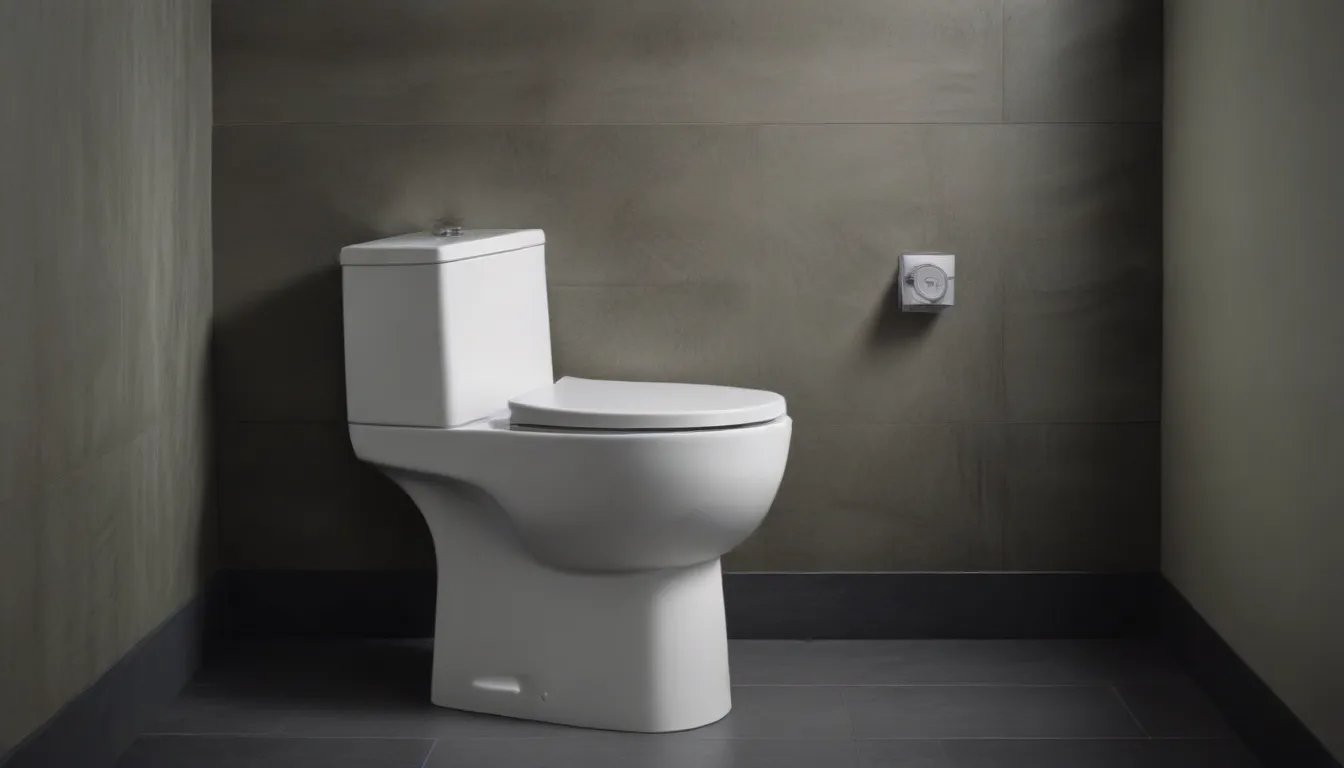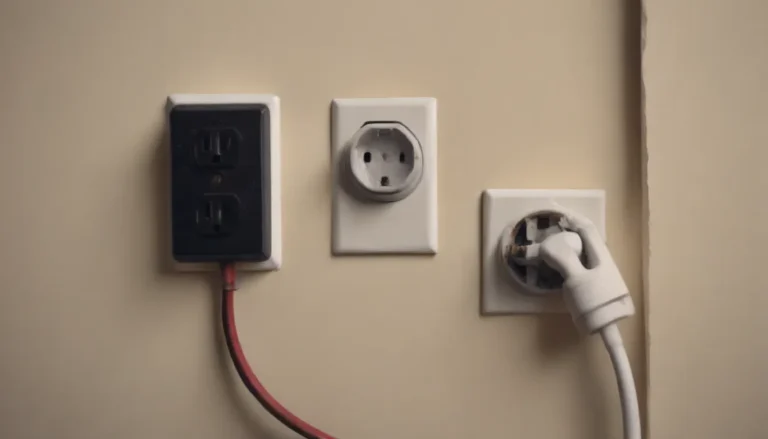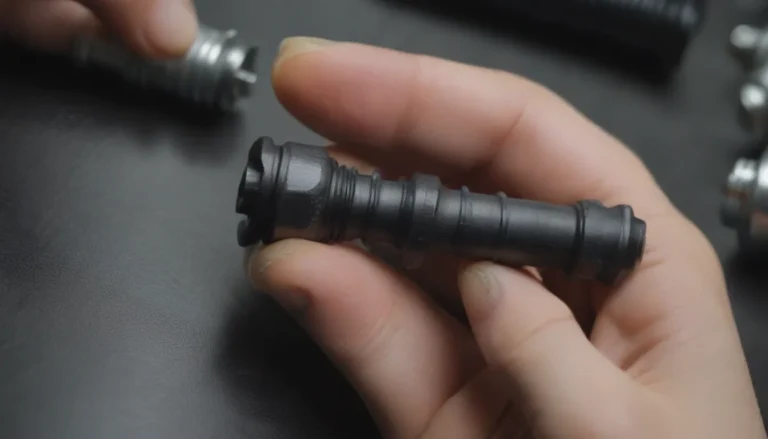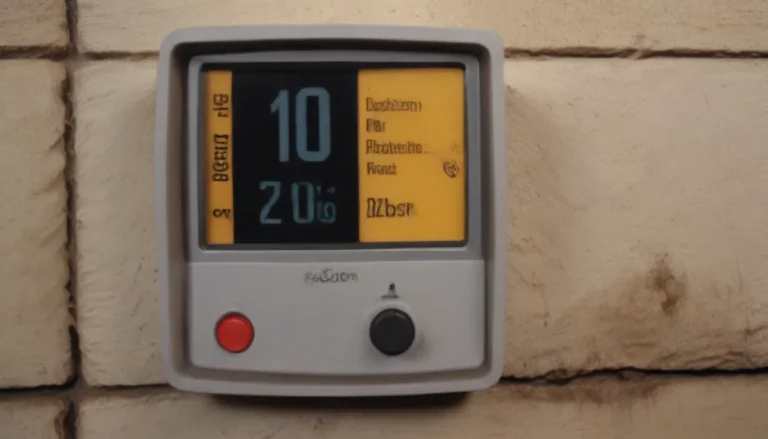Understanding Pressure-Assisted Toilets: The Ultimate Guide

Are you tired of constantly dealing with clogged toilets and weak flushes in your home or business? If so, a pressure-assisted toilet may be the perfect solution for you. These powerful fixtures are designed to provide an efficient and effective flush every time, making them a popular choice for both residential and commercial use.
In this comprehensive guide, we will explore everything you need to know about pressure-assisted toilets, including how they work, the benefits they offer, and important considerations to keep in mind before making a purchase.
What Are Pressure-Assisted Toilets?
A pressure-assisted toilet, also known as a power flush toilet, is equipped with a unique flushing system that combines water and pressurized air to increase the velocity of the flushing water. This results in a more powerful flush compared to traditional gravity-flow toilets. The key components of a pressure-assisted toilet include an airtight plastic tank inside the porcelain tank, which stores the water and air needed for flushing.
When the toilet is flushed, the built-up air pressure forces the water into the bowl at a higher velocity, effectively clearing waste with minimal water usage. In fact, pressure-assisted toilets typically use only 1.1 to 1.4 gallons per flush (GPF), making them both efficient and environmentally friendly.
How Do Pressure-Assisted Toilets Work?
While a standard gravity-flow toilet relies on gravity to move water from the tank to the bowl, a pressure-assisted toilet utilizes the stored air pressure to propel the water forcefully into the bowl. This high-velocity flush helps prevent clogs and ensures thorough waste removal with each use.
The enhanced flushing power of pressure-assisted toilets offers several key benefits that set them apart from traditional toilets:
- Reduce Water Consumption: Pressure-assisted toilets can save a household up to 4,000 gallons of water per year compared to older gravity-flow models. By using less water per flush and increasing flushing velocity, these toilets promote water conservation and lower water bills.
- Avoid Clogs With Pressure-Assisted Flushing Power: The powerful flush generated by pressure-assisted toilets significantly reduces the risk of clogs and eliminates the need for multiple flushes. Large waste particles are broken up and effectively removed, preventing blockages in the drain line.
- Reduce Cleaning Frequency and Condensation Problems: The strong force of the flush in pressure-assisted toilets helps keep the bowl clean, reducing the need for frequent cleaning. Additionally, the design of these toilets minimizes condensation issues by storing water in an airtight tank, eliminating sweat on the exterior of the tank.
Benefits of Pressure-Assisted Toilets
In addition to the advantages mentioned above, pressure-assisted toilets offer several other benefits that make them a popular choice for homes and businesses:
- Durability: Pressure-assisted toilets are built with heavy-duty components that can last up to 30 years with proper maintenance. This long lifespan makes them a cost-effective investment in the long run.
- Efficiency: By combining water and air pressure, pressure-assisted toilets deliver a powerful flush while using less water per flush than standard toilets. This efficiency not only saves water but also reduces utility costs.
- Compatibility: Pressure-assisted toilets are suitable for both residential and commercial use, making them a versatile option for various settings. Their high flushing power makes them ideal for high-traffic areas where clogs are a common issue.
Considerations for Installing a Pressure-Assisted Toilet
Before deciding to upgrade to a pressure-assisted toilet, there are a few important factors to consider:
- Cost: Pressure-assisted toilets can be more expensive than traditional gravity-flow toilets due to their advanced flushing mechanism. However, the long-term savings on water bills and maintenance costs may outweigh the initial investment.
- Noise: Some users find pressure-assisted toilets to be louder during flushing compared to standard toilets. If noise is a concern, consider choosing a model with noise-reducing features.
- Maintenance and Repairs: While pressure-assisted toilets are durable, they may require special maintenance or repairs over time. Be prepared to follow the manufacturer’s guidelines for upkeep to ensure optimal performance.
In conclusion, pressure-assisted toilets offer a powerful and efficient flushing solution for residential and commercial spaces. Their ability to reduce water consumption, prevent clogs, and minimize cleaning frequency makes them a valuable addition to any bathroom.
If you are considering upgrading to a pressure-assisted toilet, weigh the benefits against the cost and maintenance requirements to determine if it is the right choice for your needs. With proper care and maintenance, a pressure-assisted toilet can provide years of reliable performance and savings on water bills.
Remember, when it comes to choosing a toilet that meets your flushing needs, a pressure-assisted toilet may just be the powerful solution you’ve been looking for.





